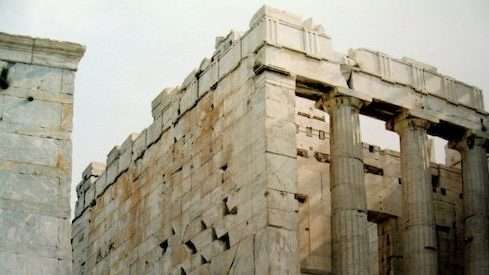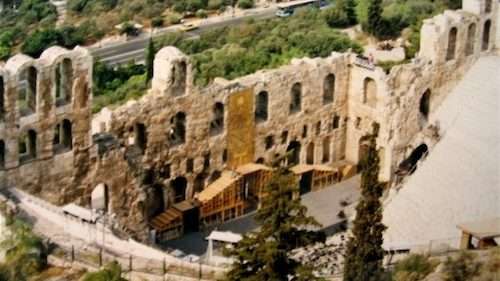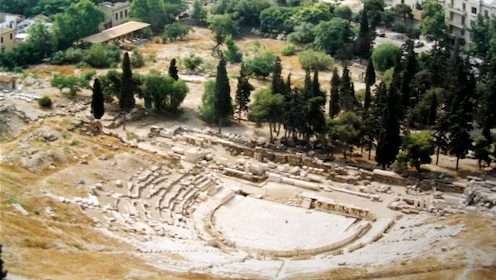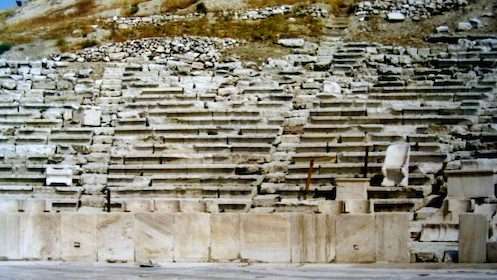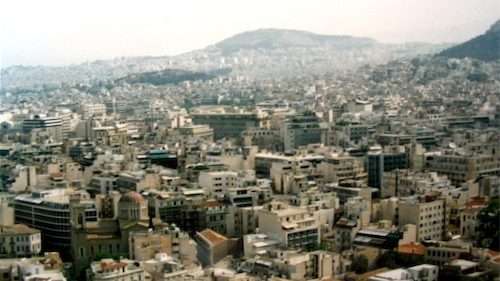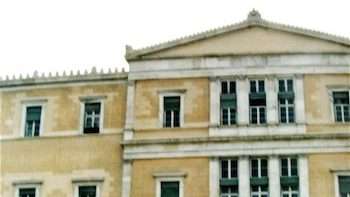Athens, the capital and largest city of Greece, one of the world’s oldest cities, its history spans around 3,400 years. Athens is central to economic, financial, industrial, political and cultural life in Greece.
In Ancient Greek, the name of Athens was related to the name of the goddess Athena. Classical Athens was a powerful city-state, a centre for the arts, learning and philosophy, home of Plato’s Academy and Aristotle, It is widely referred to as the cradle of Western civilization and the birthplace of democracy, largely due to the impact of its cultural and political achievements during the 5th and 4th centuries BC on the rest of the then known European continent.
Heritage of the classical era is still evident in the city, represented by a number of ancient monuments and works of art, the most famous of all being the Parthenon. The city also retains a vast variety of Roman and Byzantine monuments, as well as a smaller number of remaining Ottoman monuments projecting the city’s long history across the centuries. Athens was the host city of the first modern-day Olympic Games in 1896, and 108 years later it welcomed home the 2004 Summer Olympics.
The oldest known human presence in Athens is the Cave of Schist which has been dated to between the 11th and 7th millennium BC. Athens has been continuously inhabited for at least 7000 years. Athens became the leading city of Ancient Greece in the 5th century BC, with its cultural achievements laying the foundations of Western civilization, it was eventually overcome by its rival city-state of Sparta. By the end of Late Antiquity, the city experienced decline followed by recovery in the second half of the Middle Byzantine Period and was relatively prosperous during the Crusades, benefiting from Italian trade. In 1453 it was conquered by the Ottoman Empire and entered a long period of decline. Athens re-emerged in the 19th century as the capital of the independent Greek state.
By the late 1970s, the pollution of Athens had become so destructive that according to the then Greek Minister of Culture “…the carved details on the five the caryatids of the Erechtheum had seriously degenerated, while the face of the horseman on the Parthenon’s west side was all but obliterated.” A series of strict measures that were taken by the authorities of the city throughout the 1990s finally resulted in a dramatic improvement of air quality. Air pollution still remains an issue for Athens, particularly during the hottest summer days.
Syntagma Square is the capital’s central and largest square, lying adjacent to the Greek Parliament, the former Royal Palace. Plaka, lying just beneath the Acropolis, is famous for its plentiful neoclassical architecture, making up one of the most scenic districts of the city. It remains a traditionally prime tourist destination with a number of picturesque tavernas, live performances and street salesmen. Nearby Monastiraki, is well-known for its string of small shops and markets, as well as its crowded flea market and tavernas specialising in souvlaki.
The areas at the foot of the Acropolis, Anafiotika, Plaka, Monastiraki and Thissio are home to many wonderful Neoclassical buildings, trendy and traditional cafes and shops, narrow winding streets, and incredible views of the Acropolis.
The Acropolis, a Unesco World Heritage Site, was the ancient fortified town of Athens, dating back to the Late Bronze Age, and the site of the best buildings of the Greek Classical age, the Parthenon, the Erectheion, the Temple of Athena Nike. Only the ruins of The Temple of Olympian Zeus remain today. The 1896 Olympic Stadium, Panathinaiko Stadium, and Hadrian’s Arch are located nearby.
